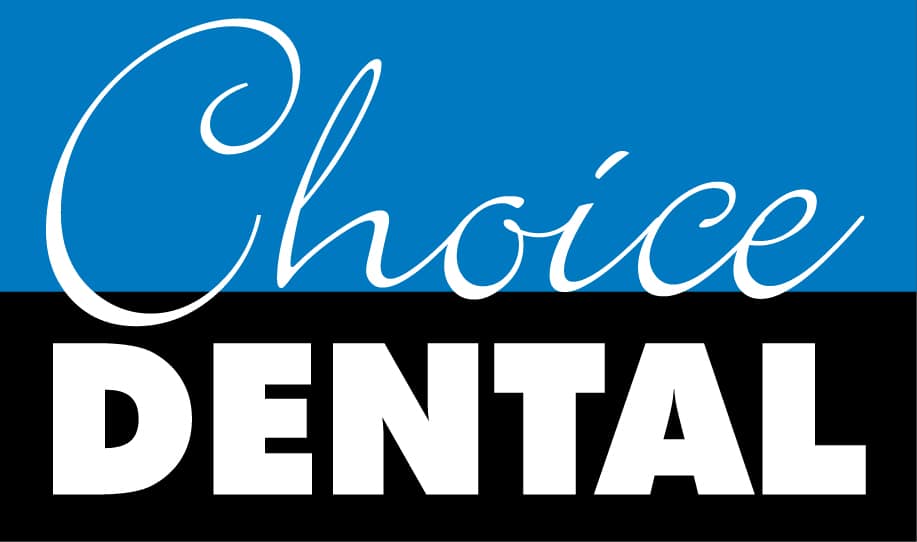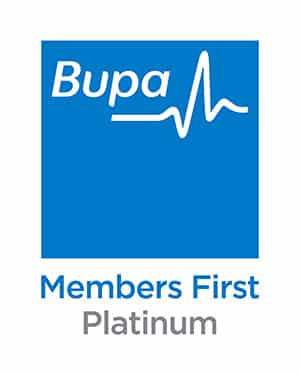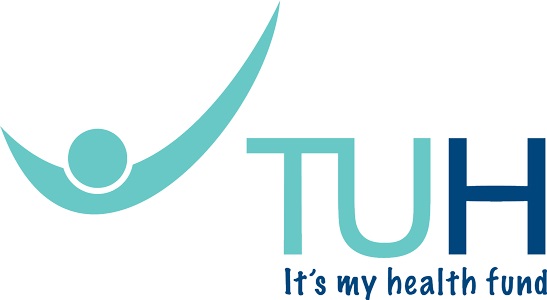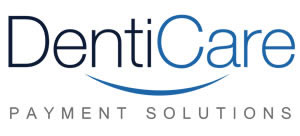When most people think of straightening their teeth, traditional metal braces are the first image that comes to mind. But thanks to modern advancements in orthodontics, there are now more discreet, comfortable, and efficient options available. Two of the most popular alternatives are Invisalign and Damon Braces.
These treatment options are both designed to help patients achieve a healthier, straighter smile—but they take very different approaches. In this article, we’ll break down the benefits, differences, and ideal use cases for both Invisalign and Damon Braces, so you can make a confident, informed decision.
What Are Clear Braces?
“Clear braces” is a broad term used to describe orthodontic solutions that are less noticeable than traditional metal braces. These systems use transparent or tooth-colored components that blend in with your natural teeth. The main goal is the same as metal braces—to gradually move teeth into their optimal positions—but the aesthetics and comfort levels are significantly improved.
Invisalign and Damon Braces are two of the most well-known options in this category. Both have helped millions of patients around the world enhance their smile without the visual impact of conventional braces.
Understanding Invisalign
Invisalign is a type of clear aligner system. Instead of brackets and wires, it uses a series of removable, custom-made trays to gently move teeth over time. Each set of aligners is worn for one to two weeks before progressing to the next, gradually shifting your teeth into alignment.
Benefits of Invisalign
- Discreet Appearance: Invisalign aligners are virtually invisible, making them a popular choice among adults and image-conscious teens.
- Removable Design: You can take them out for eating, drinking, brushing, and flossing—making oral hygiene much easier to manage.
- Comfortable Fit: The aligners are made from smooth plastic, which reduces irritation to the cheeks and gums.
- Fewer In-Office Visits: You’ll typically only need to see your dentist or orthodontist every 6 to 8 weeks.
- No Dietary Restrictions: Since aligners are removed before meals, you don’t have to avoid sticky or crunchy foods like you would with traditional braces.
Best Candidates for Invisalign
Invisalign is ideal for patients with mild to moderate orthodontic issues such as crowding, spacing, or slight bite misalignments. It requires a high level of patient compliance—aligners must be worn for 20 to 22 hours a day for effective results. If you’re disciplined and prefer a flexible, low-profile option, Invisalign may be an excellent fit.
What Are Damon Braces?
Damon Braces fall under the category of self-ligating braces. This means they use a specialized sliding mechanism to hold the wire in place instead of rubber bands. This design reduces friction and pressure, allowing teeth to move more freely and often more comfortably.
Damon Braces are available in both metal and clear versions. Damon Clear brackets are made of transparent ceramic material, making them much less visible than traditional braces.
Benefits of Damon Braces
- Faster Treatment Time: Some patients experience quicker results compared to conventional braces, especially for more complex cases.
- Less Discomfort: The self-ligating system applies lighter forces, resulting in less pressure and soreness during adjustments.
- Fewer Appointments: The design reduces the need for frequent tightening, meaning fewer trips to the dental office.
- Low-Profile Appearance: Damon Clear braces are discreet and blend well with natural teeth.
- Effective for Complex Cases: They’re often recommended for patients who need more significant corrections, such as bite alignment or severe crowding.
Best Candidates for Damon Braces
Damon Braces are suitable for patients with moderate to severe orthodontic concerns. They’re especially beneficial for individuals who want a less noticeable solution but need the level of control that only fixed braces can provide.
Key Differences Between Invisalign and Damon Braces
While both Invisalign and Damon Braces offer clear orthodontic options, the experience and outcomes can vary significantly depending on your needs and lifestyle.
- Appearance: Invisalign aligners are virtually invisible. Damon Clear brackets are discreet but still fixed to your teeth.
- Wearability: Invisalign aligners are removable, offering more flexibility. Damon Braces are fixed in place, which can be better for patients who prefer a hands-off approach.
- Comfort Level: Both options are more comfortable than traditional braces, but Invisalign typically offers a smoother experience with no brackets or wires to irritate the mouth.
- Treatment Scope: Damon Braces can address more complex alignment and bite issues. Invisalign is best suited for less complicated adjustments.
- Hygiene and Maintenance: Invisalign aligners are easier to clean and don’t restrict food choices. Damon Braces require careful brushing and flossing around the brackets and wires.
- Patient Discipline: Invisalign demands consistent wear and good habits. Damon Braces do not rely on patient compliance in the same way, since they stay in place 24/7.
Which Option Is Best for You?
Choosing between Invisalign and Damon Braces depends on several personal factors, including your dental needs, lifestyle, appearance preferences, and budget. Here are a few questions to ask yourself:
- Do you want a treatment that’s virtually invisible and removable?
- Are you disciplined enough to wear aligners consistently?
- Do you need to correct complex bite or alignment issues?
- Would you prefer fewer restrictions on your diet and oral care routine?
Your dentist or orthodontist can evaluate your specific case and recommend the best path forward. It’s important to discuss your goals and expectations to find the option that aligns with both your dental needs and daily routine.
Conclusion: Clear Choices for a Better Smile
Thanks to modern orthodontic options like Invisalign and Damon Braces, achieving a straighter smile doesn’t have to mean a mouth full of metal. Both treatments offer significant advantages in terms of appearance, comfort, and convenience—giving patients more control over their orthodontic journey than ever before.
If you’re ready to explore the best alternative to braces for your unique smile, the experienced team at Choice Dentals is here to help. We offer personalized consultations to determine the most effective, comfortable, and aesthetically pleasing solution for your orthodontic needs.












